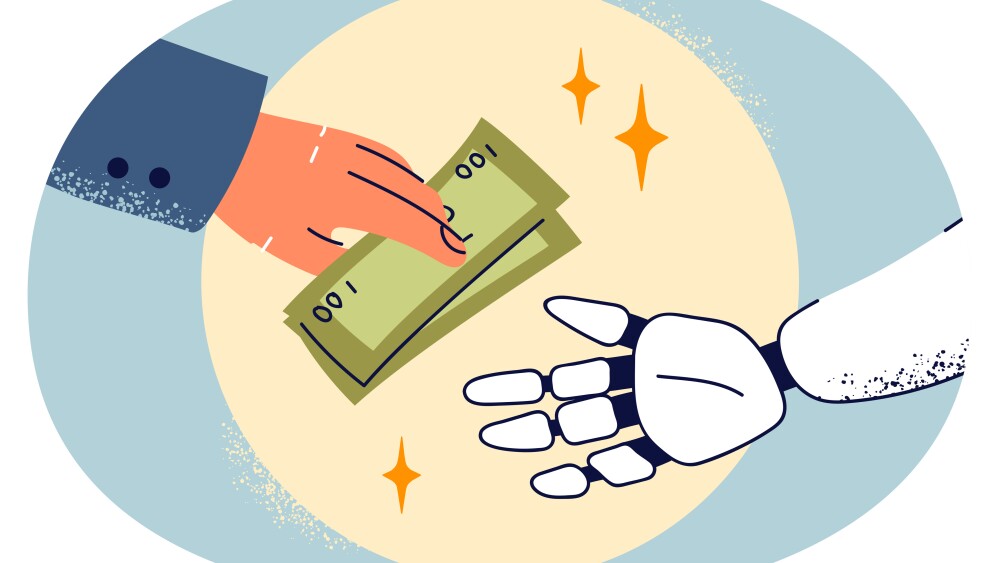Eli Lilly comfortably cleared analyst estimates in the second quarter after improving supply of its blockbuster tirzepatide brands Mounjaro and Zepbound, which together generated more than $4 billion in sales.
Eli Lilly released its second-quarter 2024 earnings report on Thursday, touting total revenues that easily exceeded analyst forecasts and raising its full-year guidance, reflecting recent improvements to the supply of its blockbuster tirzepatide brands Mounjaro and Zepbound.
In Q2, Lilly generated $11.3 billion in revenue, a 36% year-on-year increase from the same period in 2023. The pharma came out far ahead of the analyst projection, which pegged the pharma’s revenue to be $9.97 billion, according to SeekingAlpha. On a per-share basis, Lilly reported earnings of $3.92, surging 86% from the same period last year.
Fueled by its strong market performance, Lilly on Thursday raised its full-year 2024 revenue guidance to a range of between $45.4 billion to $46.6 billion, an increase of $3 billion.
Company shares jumped more than 12% in Thursday’s premarket trading.
BMO Capital Markets analyst Evan Seigerman in a note to investors called Lilly’s Q2 performance “impressive,” noting that the revenue beat “reflects improving supply dynamics for the company’s incretin portfolio.”
By comparison, rival Novo Nordisk’s semaglutide brands Ozempic and Wegovy fell short of analyst expectations in Q2, mainly held back by supply headwinds. Novo reported Wednesday that Wegovy’s sales in the quarter surged 53% to $1.7 billion but fell far below analyst forecasts of nearly $2 billion. Ozempic, which jumped 30% to $4.23 billion, also missed analyst estimates.
On Friday, all doses of Lilly’s Mounjaro and Zepbound were taken off the FDA’s Drug Shortage database. This supply update follows months of aggressive investment in its manufacturing capacity, including a $2.5 billion new production facility in Germany in November 2023 and a $5.3 billion injection for its Indiana footprint in May 2024.
Lilly’s Q2 performance is also indicative of the “higher realized prices for Mounjaro in the U.S. driven by dynamics with the company’s access and savings cards,” Seigerman wrote.
Mounjaro, which was approved in the U.S. for type 2 diabetes in May 2022, made nearly $3.1 billion in the quarter, beating the analyst consensus forecast of $2.4 billion, according to Seigerman. Meanwhile, the chronic weight management therapy Zepbound, which the FDA greenlit in November 2023, brought in $1.24 billion, also handily beating consensus expectations of $927 million.
Lilly is looking to drive the growth of its tirzepatide products even higher. According to the pharma, it plans to roll out 2.5-mg and 5-mg single-dose vials of the obesity brand Zepbound “in the coming weeks.”
In addition, Lilly is looking forward to several clinical and regulatory milestones for tirzepatide in the coming months, according to its earnings presentation. The company is gearing up for FDA submissions for tirzepatide in heart failure with preserved ejection fraction, as well as an agency decision on using the blockbuster drug for obstructive sleep apnea.
Lilly is also conducting a Phase III head-to-head study of tirzepatide versus Novo’s semaglutide, dubbed SURMOUNT-5, results from which are expected in November 2024. Lilly has reason to be optimistic. In July 2024, a study published in JAMA Internal Medicine showed that patients on Mounjaro lost 2.4% more weight than Ozempic counterparts at three months, with the advantage widening through six and 12 months of follow-up.






